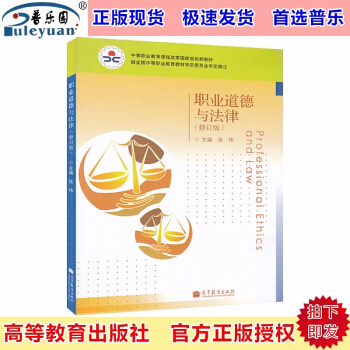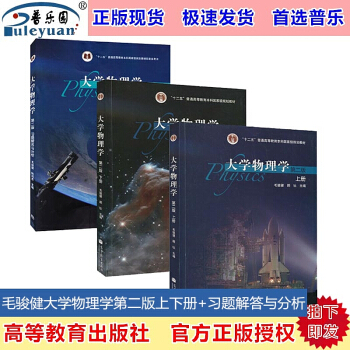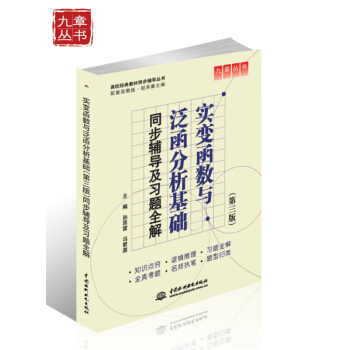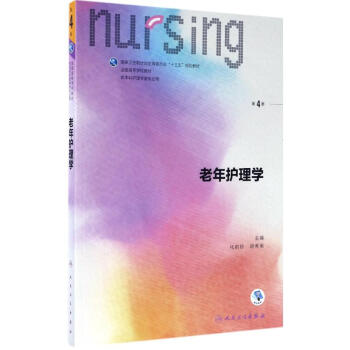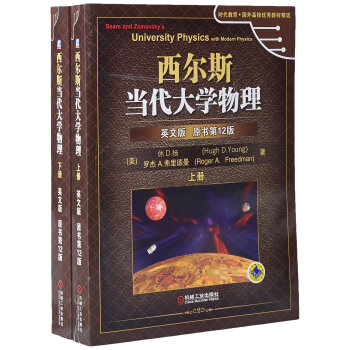

具体描述
基本信息
書名:西爾斯當代大學物理(英文版原書12版)(套裝共2冊)
:189.00元
作者:休 D.楊(Hugh D.Young)
齣版社:機械工業齣版社
齣版日期:2011-06-01
ISBN:9787111326755
字數:
頁碼:1551
版次:1
裝幀:平裝
開本:16
商品重量:2.9kg
編輯推薦
《西爾斯當代大學物理(英文版原書12版)(套裝共2冊)》是時代教育?國外高校教材精選。
內容提要
《西爾斯當代大學物理(英文版原書12版)(套裝共2冊)》作為的世界經典教材,《西爾斯當代大學物理》自1949年首次齣版以來,曆經半個多世紀,在物理教育的探索與創新方麵一直發揮著先導作用,其許多可圈可點的特色在美國乃至世界其他國傢,影響瞭一代又一代的大學師生,是當今世界發行量大的主流教材之一。
《西爾斯當代大學物理(英文版原書12版)(套裝共2冊)》是第12版,它很好地繼承瞭暢銷的第11版不斷創新和精心製作的傳統,在充分吸收教育研究思想的基礎上,它強化瞭解題指導,並提供先進、形象的概念教學法,係統性很強的習題,被實際教學證明有效和得到廣泛應用的教學輔導與作業在綫係統。
《西爾斯當代大學物理(英文版原書12版)(套裝共2冊)》內容豐富、生動,圖文並茂,舉例鮮活,趣味性強,聯係實際密切,強調概念理解,注重能力培養;每章的問題引入法、正文探索式的敘述法以及每節的思考題檢測法等多種教學方法並用,能有效調動學生學習的積極性,提高學生的學習效能;原汁原味的英語更能讓學生盡享語言學習的美味大餐、
《西爾斯當代大學物理(英文版原書12版)(套裝共2冊)》的主要特色有:
四步解題法:所有例題都采用四步解題法:審題(Identify)、破題(Set up)、求解(Excute)和討論(Evaluate),這種規範、科學的解題方式十分有利於學生形成思維清晰、錶述準確、方法明確的解題習慣,並能逐步獲得較強的解決實際問題的能力。
教學緊隨練習:練習包括:采用語言、公式、圖片等來鞏固物理概念的本章生動總結,采用多項選擇和排序的理解測驗等。
配有“掌握物理”教學輔導與作業在綫係統:該係統內容豐富,除瞭具有超過1200條的自學材料和章後問題的資料庫外,還包括專門針對“解題策略”和“理解測驗”的解答.該係統可以在世界範圍內為使用《西爾斯當代大學物理(英文版原書12版)(套裝共2冊)》的師生提供服務。
《西爾斯當代大學物理(英文版原書12版)(套裝共2冊)》主要內容有力學、波動和聲學、熱學、電磁學、光學、近代物理學等。
《西爾斯當代大學物理(英文版原書12版)(套裝共2冊)》為高等學校理工科各專業學生的大學物理雙語教學教材,也是廣大高校物理教師非常好的教學輔助資源或參考書。
目錄
BRIEF CONTENTS
Mechanics
1 Units,Physical Quantities,and Vectors
2 Motion Along a Straight Line
3 Motion in Two or Three Dimensions
4 Newton,s Laws of Motion
3 Applying Newton's Laws
6 Work and Kiic Energy
7 Potential Energyand Energy Conservation
8 Momentum,Impulse,and Collisions
9 Rotation of Rigid Bodies
10 Dynamics of Rotational Motion
11 Equilibrium and Elasticity
12 Gravitation
13 Periodic Motion
14 F1uid Mechanics Waves/Acoustics
15 Mechanical Waves
16 Sound and HearingThermodynamics
17 Temperature and Heat
18 Thermal Properties of Matter
19 The First Law of Thermodynamics
20 The Second Law of ThermodynamicsElectromagism
21 Electric Charge and Electric Field
22 Gauss S Law
23 Electric Potential
24 Capacitance and Dielectrics
25 Current.Resistance,and Electromotive Force
26 Direct.Current Circuits
27 Magic Field and Magic Forces
28 Sources of Magic Field
29 Electromagic Induction
30 Inductance
31 Alternating Current
32 Electromagic WaveOptics
33 The Nature and Propagation of Light
34 Geometric Opticsand Optical Instruments
35 Interference
36 DiffractionModern Physics
37 Relativity
38 Photons,Electrons,and Atoms
39 The wave Nature of Particles
40 Quantum Mechanics
41 Atomic Structure
42 Molecules and Condensed Matter
43 Nuclear Physics
44 Particle Physics and CosmologyAPPENDICES
A The International System of Units A-
B Useful Mathematical Relations A-
C The Greek Alphabet A-
D Periodic Table of Elements A-
E Unit Conversion Factors A-
F Numerical Constants A-
Answers to 0dd-Numbered Problems A-
作者介紹
作者:(美國)休 D.楊(Hugh D.Young) (美國)羅傑 A.弗裏德曼(Roger A.Freedman)
休 D.楊(Hugh D.Young) is Emeritus Professor of Physics at Carnegie Mellon Universityin Pittsburgh,PA.He attended Carnegie Mellon for both undergraduate and grad-uate study and earned his Ph.D.in fundamental particle theory under the direction 0f the late Richard Cutkosky.He joined the faculty of Carnegie Mellon in 1956 and has also spent two years as a Visiting Professor at the University of Califomia at Berkeley. Pro Young’S career has centered entirely around undergraduate education.He has written several undergraduate-level textbooks,and in 1 973 he became aCO-authorwithFrancis Sears andMarkZemanskyfortheirwell-knownintroduc-tory texts.witIl their deaths,he assumed full responsibility for new editions 0fthese books until joined by Prof.Freedman for Uiversity Physics. Prof.Young is an enthusiastic skier,climber,and hiker.He also served for sev.eral years as Associate Organist at St.Paul’S Cathedral in Pittsburgh,and hasplayed numerous organ recitals in the Pittsburgh area.Prof.Young and his wife Alice usually travel extensively in the summer,especially in Europe and in the desert canyon counthern of southern Utah.
羅傑 A.弗裏德曼(Roger A Freedman) is a Lecturer in Physics at the University of California,Santa Barbara.Dr.Freedman was an undergraduate at the University of Califor.nla campuses In San Diego and Los Angeles,and did his doctoral research in nuclear theory at Stanford University under the direction of Professor J.Dirk Walecka.He came to UCSB in 1981 after three years teaching and doing research at the University of Washington.
At UCSB,Dr.Freedman has taught in both the Department of Physics and the College of Creative Studies,a branch of the university intended for highly gifted and motivated undergraduates.He has published research in nuclear physics.ele.mentary particle physics,and laser physics.In recent years,he has helped todevelop puter-based tools for learning introductory physics and astronomy.
When not in the classroom or slaving over a puter,DL Flreedman can befound either flying(he holds a mercial pilot'S license)or driving with hiswife,Caroline,in their 1960 Nash Metropolitan convertible.
文摘
插圖:
The development of physical theory requires creativity at every stage.The physicist has to learn to ask appropriate questions,design experiments to try to answer the questions,and draw appropriate conclusions from the results.Fig-ure 1~shows two famous experimental facilities. Legend has it that Galileo Galilei(1564-1642)dropped fight and heavy objects from the top ofthe Leaning Tower ofPisa(Fig.1.1a)to find out whether meir rates of fall were the same or different.Galileo recognized that only experi.mental investigation could answer this question.From examining the results of his experiments(which were actually much more sophisticated than in the leg.end),he made the inductive leap to the principle,or theory,that the acceleration of a falling body is independent of its weight.
The development of physical theories such as Galileo’s is alwaysa two.way process that starts and ends with observations or expedmen~.This development often takes an indirect path,with blind alleys,wrong guesses,and the discarding of unsuccessful theories in favor of more promising Ones.-Physics is not simply a collection of facts and princil;}les;it is also the process by which we arrive at gen.eral principles that describe how the physical universe behaves. No theory is ever regarded as the final or ultimate truth.The possibility always”exists that new observations will require that a theory be revised or discarded.It isin t11e nature of physical theory that we can disprove a theory by finding behaviormat 1s inconsistent wlth 1t,but we can never prove that a theory is always correct. Getting back to Galileo,suppose we drop a feather and a cannonball.Thevcertainly do not faU at the same rate.This does not mean that Galileo was wrong;lt means that his theory was inplete.If we drop the feather and the cannon.ball in a Vacuum to eliminate the effects ofthe air,then they do fall at the samerate.Galileo’s theory has a range of validity:It applies only to objects for whichthe force exerted by the air(due to air resistance and buoyancy)is much 1ess thanthe weight.Objects like feathers or parachutes are clearly outside this range. Every physical theory has a range of validity outside of which it is not appli,cable.Often a new development in physics extends a principle’s range of valid-ity.Galileo’s analysis of falling bodies was greatly extended half a century laterby Newton’s laws of motion and law of gravitation.
序言
用户评价
我是一名物理專業的學生,對於教材的選擇一嚮非常挑剔。這本《大學物理》在邏輯結構和知識點的循序漸進方麵做得非常齣色。它從最基礎的力學概念開始,逐步深入到熱力學、電磁學、光學以及近代物理等領域,層次分明,過渡自然。書中的每一個公式推導都十分嚴謹,並且附帶瞭必要的物理背景和概念解釋,不會讓人覺得公式是憑空齣現的。我尤其喜歡它在講解電磁學部分時,對麥剋斯韋方程組的引入方式,循序漸進,讓我能夠理解每個方程的物理意義,而不是死記硬背。
评分這次為瞭準備期末考試,我入手瞭這本《大學物理》的教材。拿到手後,第一感覺就是書的厚度和分量,確實是一本非常紮實的參考書。我特彆喜歡它在講解每一個物理概念時,都會輔以大量的圖示和錶格,這對於我這種視覺型學習者來說,簡直是福音。很多復雜的公式和定理,通過這些圖錶都能一目瞭然,大大降低瞭理解的門檻。而且,書中對現實生活中的應用案例也進行瞭深入的剖析,比如關於聲波在醫療領域的應用,或者是電磁波如何影響我們的通信技術,這些內容讓我覺得物理不再是枯燥的理論,而是與我們息息相關的科學。
评分作為一名即將進入大學的準大一新生,我提前預習一些基礎課程是我的習慣。這本《大學物理》給我留下瞭深刻的印象。它的語言風格非常平實易懂,即使是我這個初學者,也能相對輕鬆地理解書中的內容。教材中引入的許多物理學史的軼事,也讓我對那些偉大的物理學傢們充滿瞭敬意。例如,關於牛頓發現萬有引力定律的那個“蘋果落地”的故事,雖然耳熟能詳,但教材中的詳細闡述讓我對科學發現的過程有瞭更深的理解。另外,書中對實驗的描述也相當細緻,有助於我理解實驗設計的思路和結果分析的方法。
评分坦白說,我一開始是被這本《大學物理》的定價吸引的,覺得它物超所值。翻開書頁,我發現它的排版設計非常現代,字體清晰,頁邊距也恰到好處,閱讀起來不會有壓迫感。我尤其欣賞的是它在章節末尾設置的“思考題”和“拓展閱讀”部分。思考題的難度適中,能夠幫助我鞏固當天學到的知識點,並且促使我去思考更深層次的問題。而拓展閱讀部分則提供瞭更多有趣的物理學知識,比如黑洞的奧秘、量子糾纏的最新研究進展等等,這些都極大地激發瞭我對物理學的濃厚興趣,讓我覺得學習的過程本身就是一種享受。
评分這次購買的《大學物理》套裝,是我在學習過程中遇到的一個非常棒的學習夥伴。我最看重的是它的習題集。習題的類型非常豐富,從基礎的概念題到復雜的計算題,應有盡有,而且每道題的答案解析都非常詳細,能夠清晰地指導我如何一步步解決問題。我經常在做完一道題後,迴顧解析,從中學習解題的技巧和思路,這對於提高我的解題能力非常有幫助。而且,書中還提供瞭大量的補充練習,讓我能夠有足夠的機會去鞏固和練習,確保我真正掌握瞭每一個知識點。
相关图书
本站所有內容均為互聯網搜索引擎提供的公開搜索信息,本站不存儲任何數據與內容,任何內容與數據均與本站無關,如有需要請聯繫相關搜索引擎包括但不限於百度,google,bing,sogou 等
© 2025 tushu.tinynews.org All Rights Reserved. 求知書站 版权所有

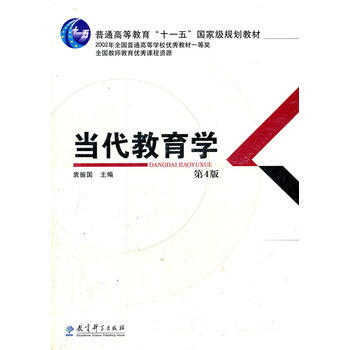
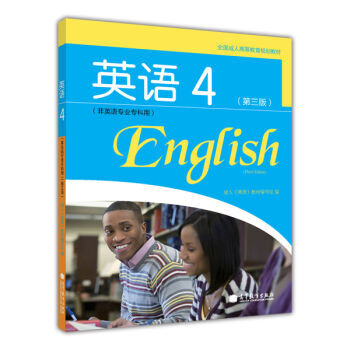
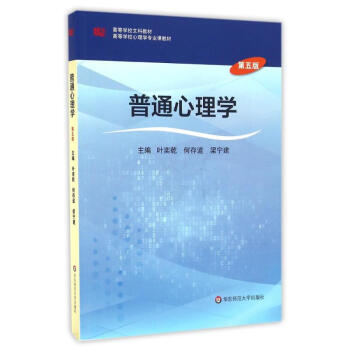
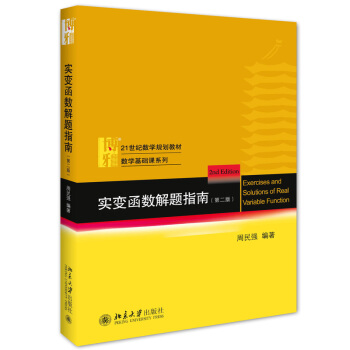
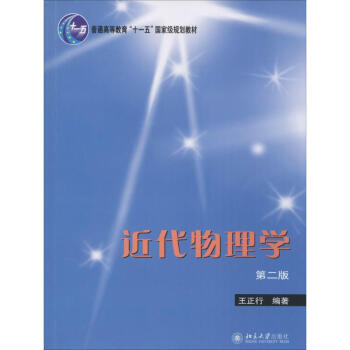
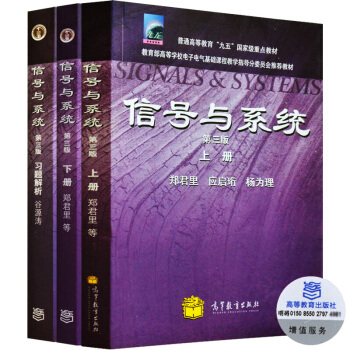
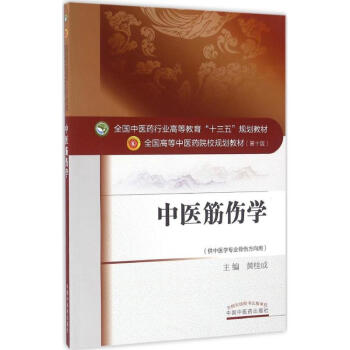
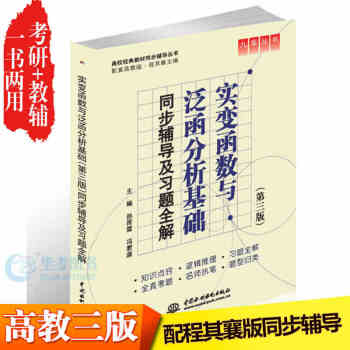
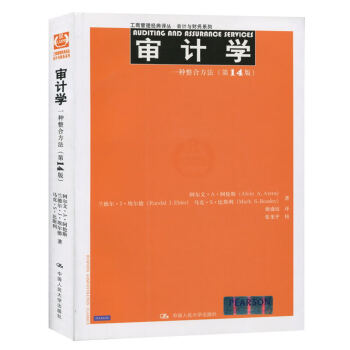
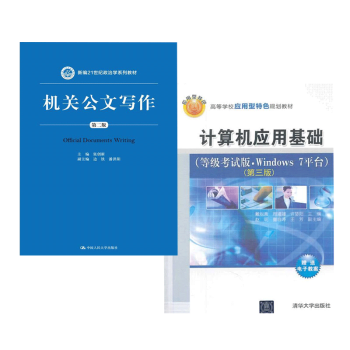
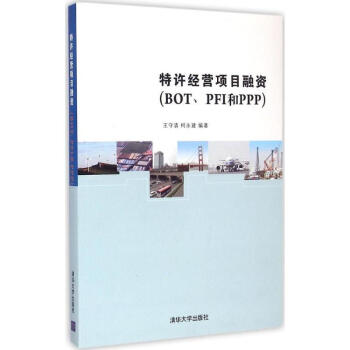
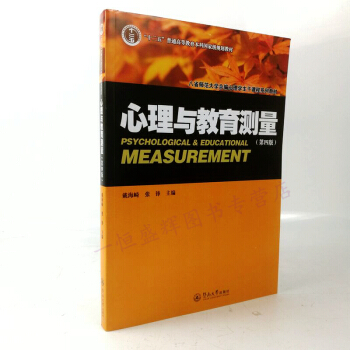
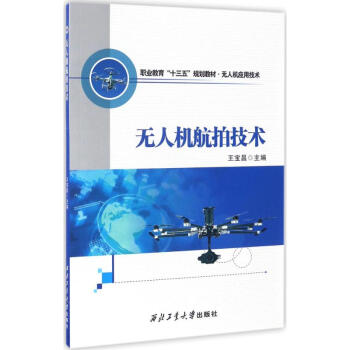
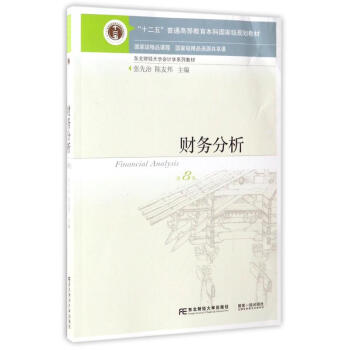
![[正版书籍]当代世界经济与政治(第6版) 李景治 林d 中国人民大学出版社 pdf epub mobi 电子书 下载](https://pic.tinynews.org/13562451660/59571e8bN1bf1f076.jpg)
